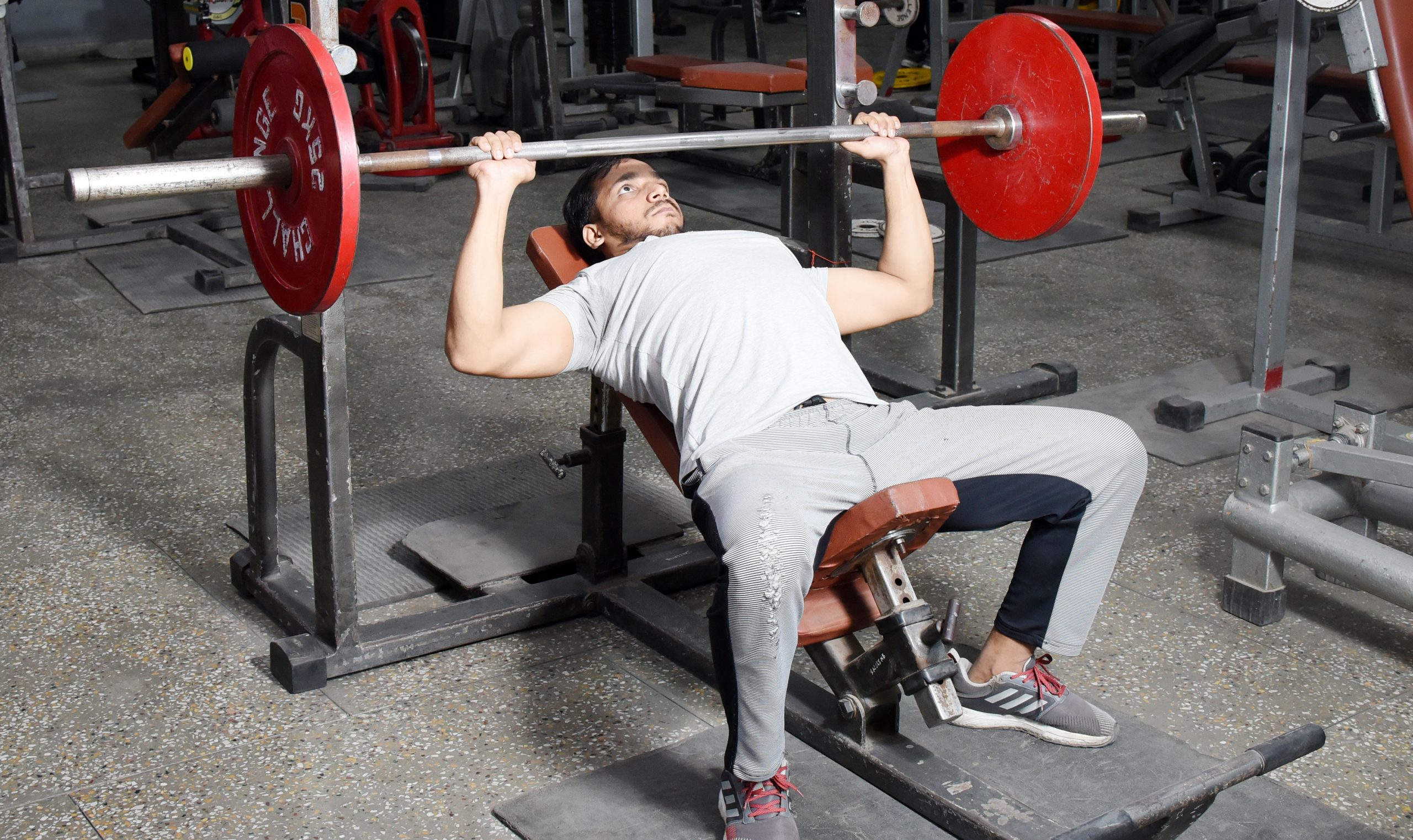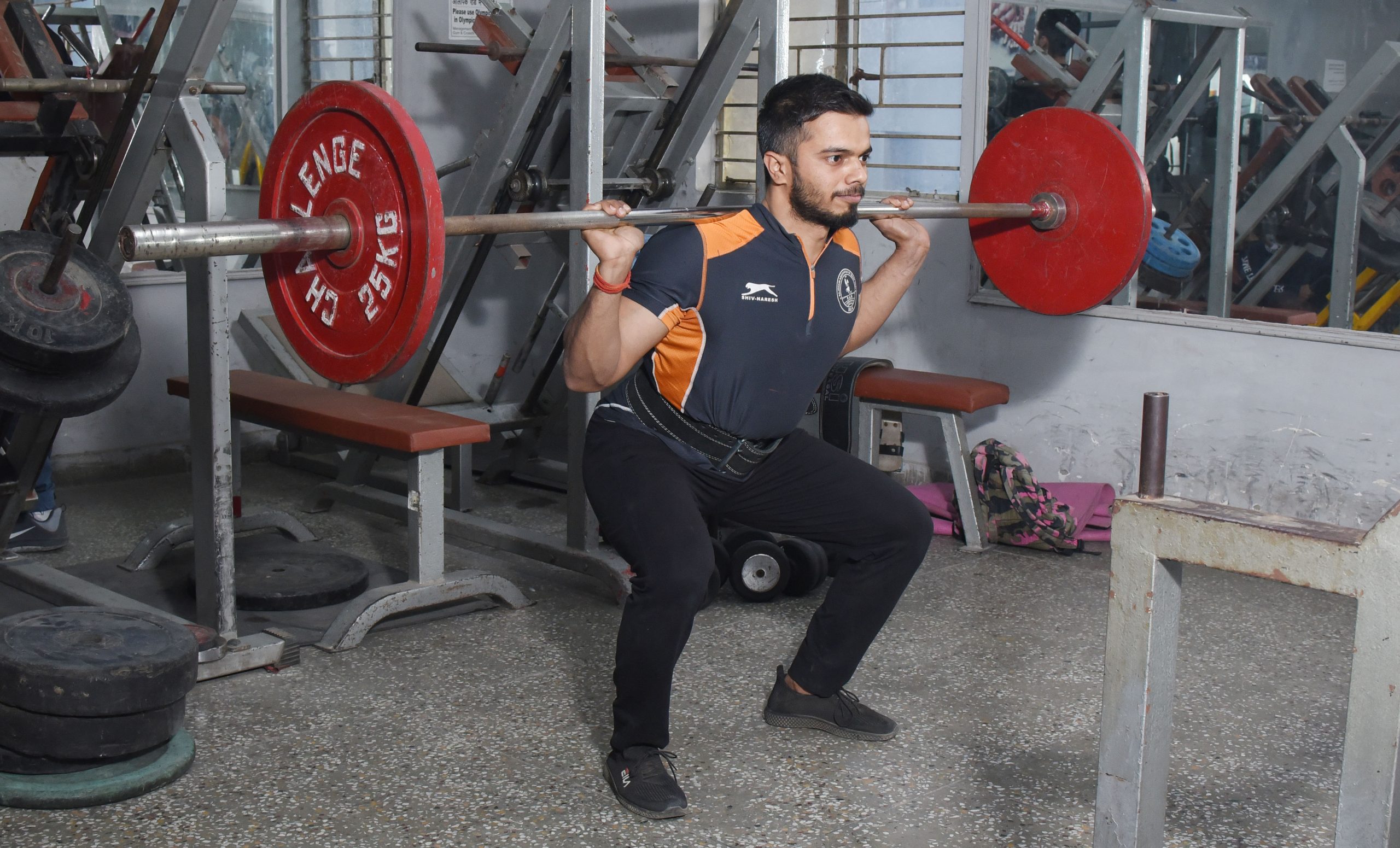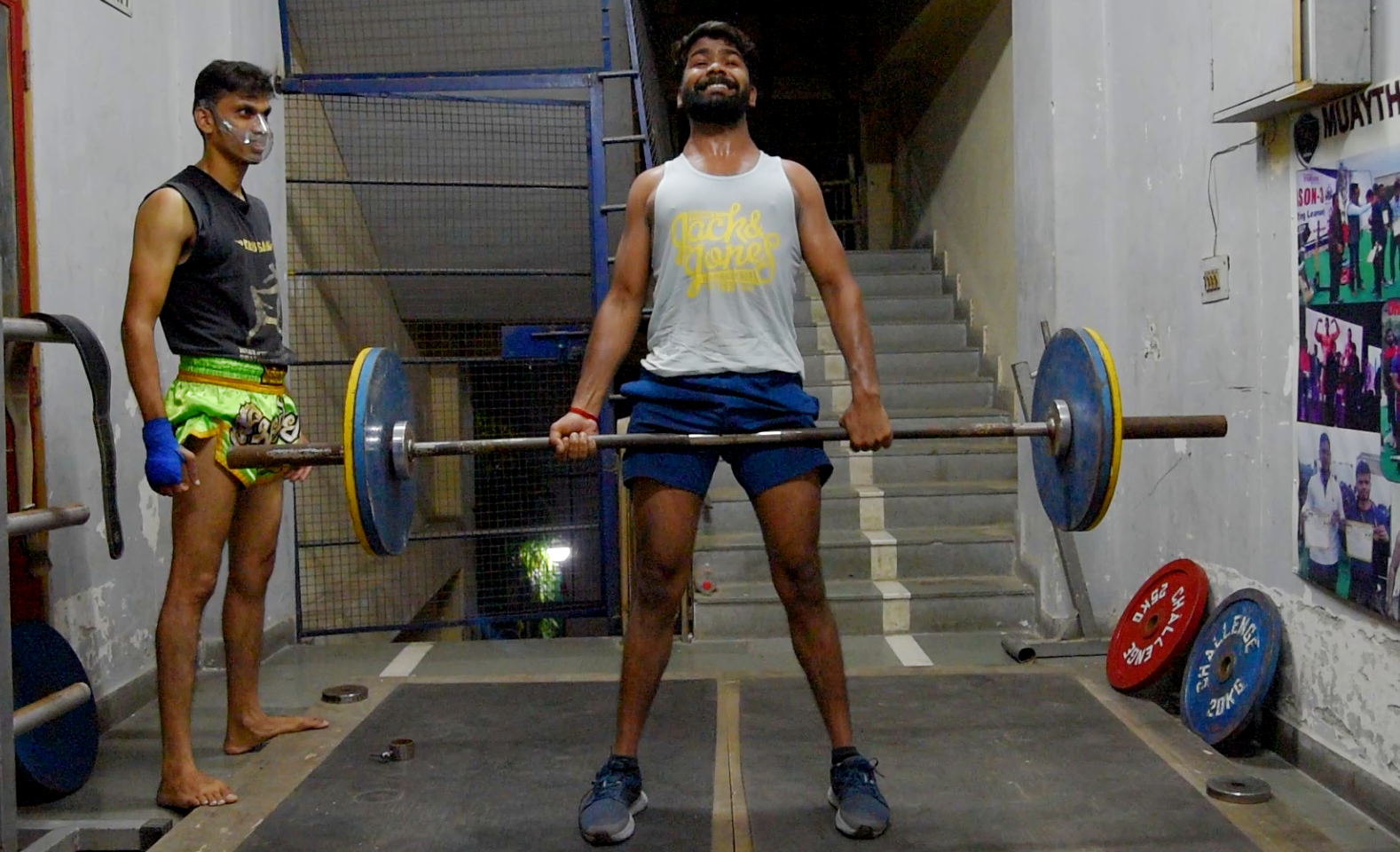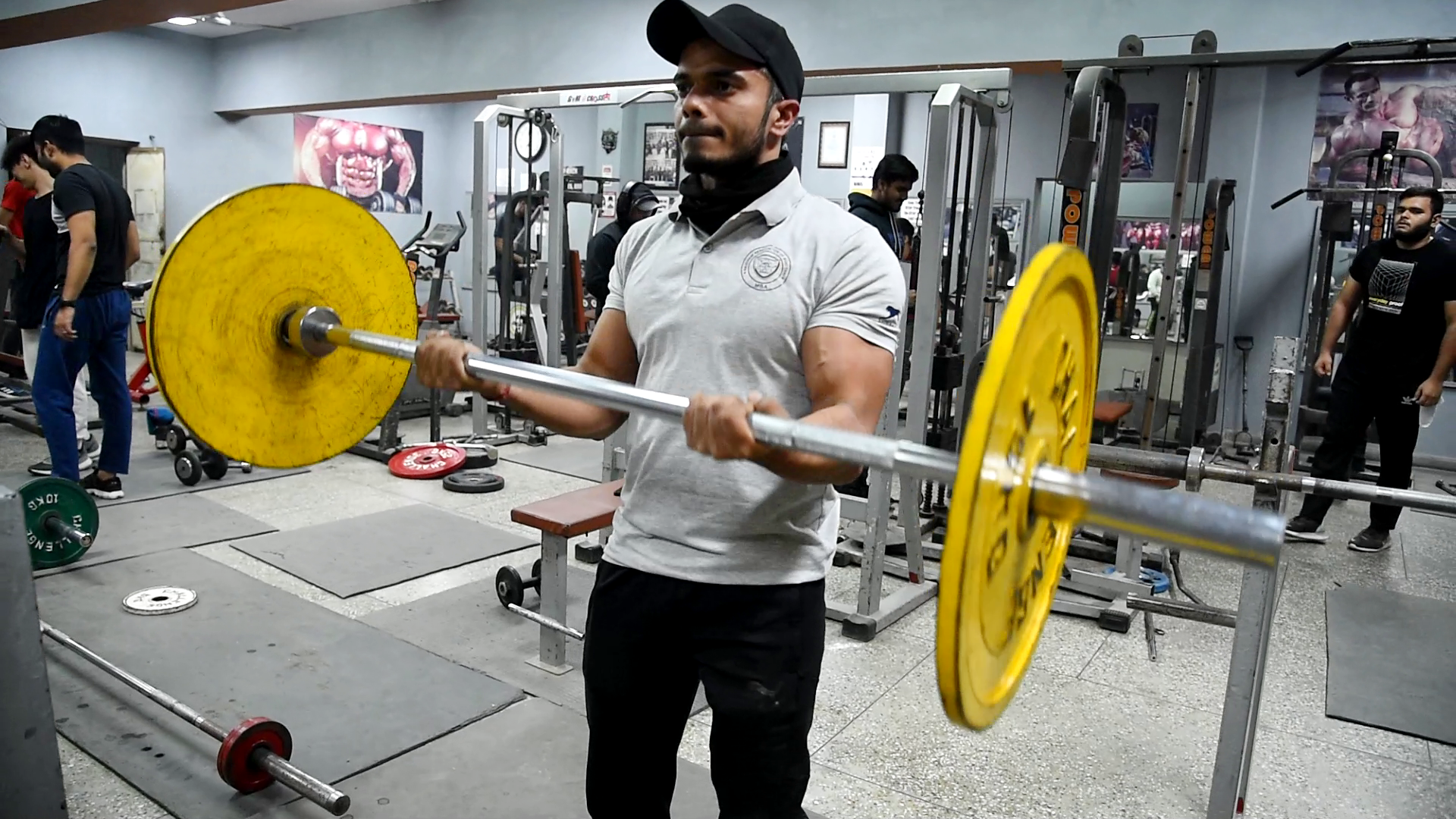
Athletes in powerlifting compete in the squat, bench press, and deadlift to see who can lift as much weight as possible for 1 rep. Powerlifters have three attempts to reach their maximum weight and are ranked in body-weight and age categories. The winner is determined by who has the highest powerlifting total.
As you will read, powerlifting is a sport that tests maximal strength. We’ll cover the sport rules, how powerlifting technique differs from other activities, differences between raw powerlifting vs equipped, and who does powerlifting.
The sport of powerlifting includes the squat, bench press, and deadlift.
Powerlifting is an individual sport where the goal is to lift the most amount of weight possible in the squat, bench press, and deadlift in a specific weight and age category.
Athletes have three attempts to reach their maximum capacity and must follow strict technique rules so that everyone is compared equally. For example, everyone must squat to a certain depth or else the lift doesn’t count (we’ll cover the powerlifting rules in more detail later).
The heaviest squat, bench press, and deadlift that are successfully lifted are added up to give athletes a “powerlifting total”. This total is what’s used to rank athletes amongst each other. So just because someone may have a strong bench press, doesn’t necessarily mean they’ll be a good powerlifter.


In powerlifting competition, athletes compete in a bodyweight and age category.
The bodyweight categories are:
Note: If you are a sub-junior or junior athlete, then there is an additional bodyweight category you can compete – 53kg for men and 43kg for women.
The age categories are:
Depending on your strength and desire, you can compete at five levels of competition. Typically, you must compete at each level in the order that’s outlined below in order to qualify for the next.
Athletes will start powerlifting by competing in a local competition, which is usually run by a gym or powerlifting club. The competition is not usually that deep, meaning several weight classes might only have a couple of athletes. At this level it’s not about ‘competing against someone else’, but simply doing the best you can for your own individual abilities.
The National Championships bring together the best of all the lifters from each state/province and region. These events have a rigorous qualification process, including having to lift a specific powerlifting total for your weight and age category. The competition at this level is very deep with several athletes competing amongst each other.
Once you’ve done a couple of local competitions, you may qualify for the State or Provincial Championships. Each jurisdiction will have different requirements to compete at this level, which may include having competed in a number of local competitions or reaching a qualification standard. There may be more people in your age and weight class at this level to compete against.
A regional event is where you compete against some of the best lifters in a specific region. There are qualifying standards to compete at a Regional Championship, as the goal is to bring a higher level of competition to these events. However, not all countries are big enough to have a Regional Championship.
Athletes who win their weight and age category will make the National Team. These athletes hold their spot on the team for usually one year, which qualifies them for any international event, including the World Championships. At this stage, you are one of the strongest people in the World.

Powerlifting referees give commands to start and finish the lifts
In competition, the chief referee will tell you when you can start and finish the lift.
This is because the referees want to see you control the barbell on each side of the movement. They want you to assume a specific start position and ensure that when you finish the movement that you return to that exact same starting point.
While it might seem simple, many first-time powerlifters don’t register a successful lift because they fail to listen to the referee commands in competition.
The squat, bench press, and deadlift each of specific standards that lifters must follow.
These rules are in place so that lifters are all judged to the same standard and that no individual lifter is seen to have an advantage over another.
Even if you lift the weight from start to finish, if you don’t follow the technical standards then you won’t be granted a successful lift.

Donec congue est non iaculis ultricies. Maecenas quis velit magna. Maecenas sed fringilla nulla, vitae varius erat.
Copyright ©2023 Muay Thai Boxing Academy by Buranding. All Rights Reserved